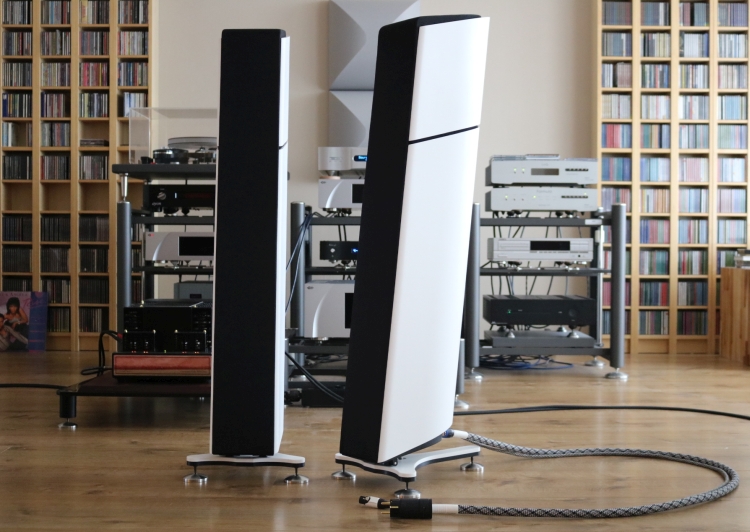
Review organized by Marc Loubeau / Prestige Audio Diffusion
Review samples supplied by Aequoaudio.com and Terrason Audio
Retail prices in the NL including 21% VAT:
Aequo Stilla Fully Active: 19.998 euro (as reviewed)
Aequo Stilla Base model: 17.999 euro
Vermeer TWO: 24.990 euro
Mola-Mola Tambaqui DAC: 10.000 euro
Mola-Mola Makua preamp: 8.500 euro
Mola-Mola DAC board: 6.500 euro
Aequo
Aequo Audio was founded in 2012 by a team of music and hi-fi enthusiasts. Situated in Eindhoven, the Netherlands, and with an emphasis on in-house R&D, the company seeks to manufacture smart, graceful, and uncompromised loudspeaker solutions for the audiophile market.
The company’s first loudspeaker model, the Ensis, was launched in 2016 and those who have visited the XFi show in Veldhoven in 2019 will no doubt have seen and heard the Ensis loudspeakers in a great room and with great sound. As can be read in my show report, I was impressed.
After having reviewed the Hybrid (partially-active) Aequo Stilla in October last year, the identical-looking model that is the subject of this new review concerns the Fully active version. Whereas the hybrid Stilla offered all the advantages of an ARPEC-controlled active bass section, it still requires the use of an external amplifier. The Fully-active Stilla, however, contains internal amplifiers for all of its drivers, thus eliminating the cost and worry of using an external amplifier while freeing up extra space in the listening environment.
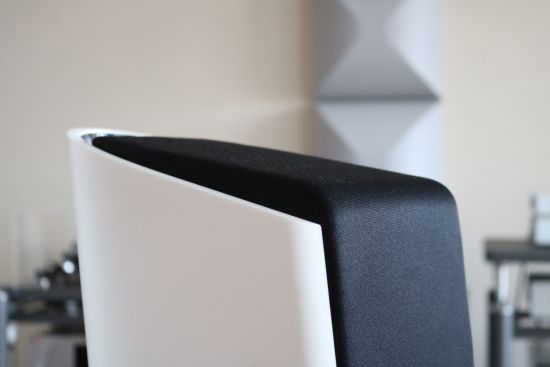
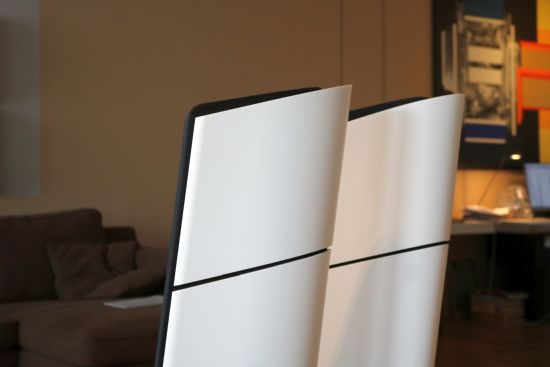
Stilla Appearance
Behind the cloth covers are four drivers, each one optimized according to Aequo Audio specifications. From their sleek looks there’s nothing obvious to give away the depths of the technological advances that went into their design, much less the complex inner workings of the speakers. This, of course, can be a blessing or a curse. Based on the responses that I got during my time with the speakers, the Stillas clearly appeal to those who want superb, truly full-range sound without letting the speakers or system dominate the room. But for the more technical-minded or more dogmatic people, the Stillas’ small and elegant appearance may give the wrong impression, leading some people to underestimate them based on their looks.
I have doven deeply into the plethora of technologies that went into the design of these speakers and I have described all this in great detail in the previous review. If you are interested in these technical aspects, I recommend also reading the initial Stilla review. Below, I briefly touch on the highlights but will mostly focus on the differences between the two Stilla models and on how the Active Stillas respond to different front ends.
Stilla Active
For both of the Stilla models, Aequo Audio has a big focus on the use of their proprietary “S-Stone” artificial stone material for the cabinet enclosures. This material is not dissimilar to materials such as Krion (a mixture of Minerals and Resin) or Corian (a mixture of polymer and natural minerals) but actually a uniquely developed composition based on a mixture of ceramic particles in an acrylic bonding material. Not only the cabinet construction and -shape but also the innovative resonance-decoupling pivoting foot are exactly the same for the two models. And so are the drivers and the ARPEC system. So, what’s the difference between the two models, precisely?
In addition to the two 250-Watt Ncore amplifiers that power the bass drivers via the ARPEC system, the fully-active version includes another 100-Watt Ncore amplifier to power the midrange and tweeter section. The crossover between these two drivers is done using First-Order passive components because this has proven to lead to the best integration with the bass section.
While this distinction may seem relatively insignificant at first glance, it is actually a very big deal. Think about it. The extra 2000 euro not only buys you two very high-quality built-in amplifiers, it also eradicates all worries about amplifier-matching, but it also creates extra space in your living room environment, and it will save you many multiples of the Active’s surplus charge that you would normally spend on a stand-alone amplifier.
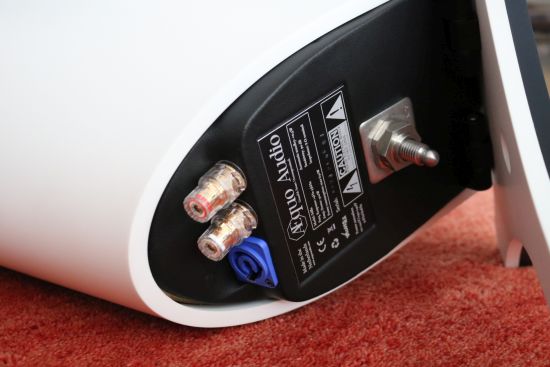
Above: Stilla. Below: Stilla Active
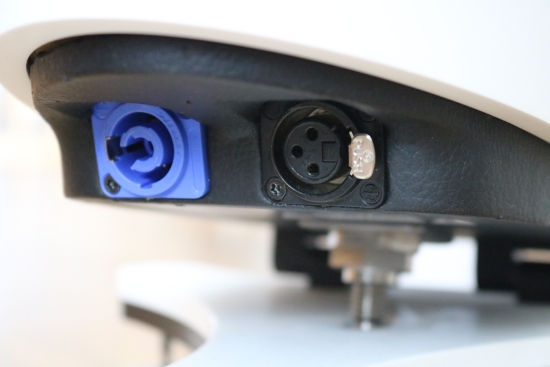
ARPEC
Housed in a separate aluminum surrounded, passively cooled space inside of the Stilla cabinet are the ARPEC electronics, the Ncore amplifiers, and the power supply. ARPEC (Analogue Room size and Placement Extention Control) enables very easy and intuitive room and placement adjustments, controlled by two rotary dials placed on top of each individual loudspeaker. One knob controls adjustment for the room size, varying from XXS to M to XXL, the other adjustment for the speaker placement, varying from a position in a corner to a position completely free of walls.
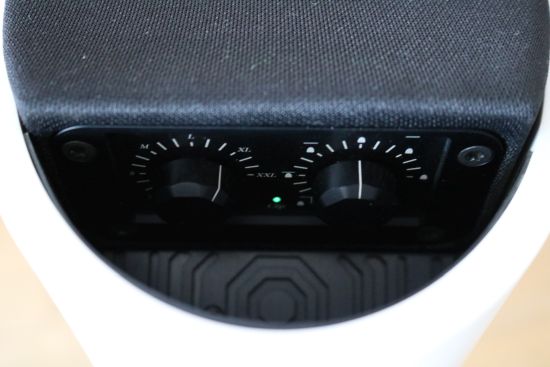
Any conversion to digital and back normally incurs a delay and this can affect the bass section’s phase alignment to the midbass driver. By keeping the signal in the analog domain this issue is neatly avoided altogether. The two dials are not level controls nor a simple equalizer, but they control a complex network of passive filter components to control the amount of bass roll-off and a continually variable counter measurement for room-induced bass reinforcement or -suckout to achieve an ideal balance in just about any room.
Thanks to the ARPEC system, the speakers are easy to place and get perfectly balanced. Thanks to the ability to make individual speaker adjustments one can also overcome any asymmetry of the listening room’s layout relative to the left and right speaker, again, without any time delay or A/D losses inflicted by DSP solutions.
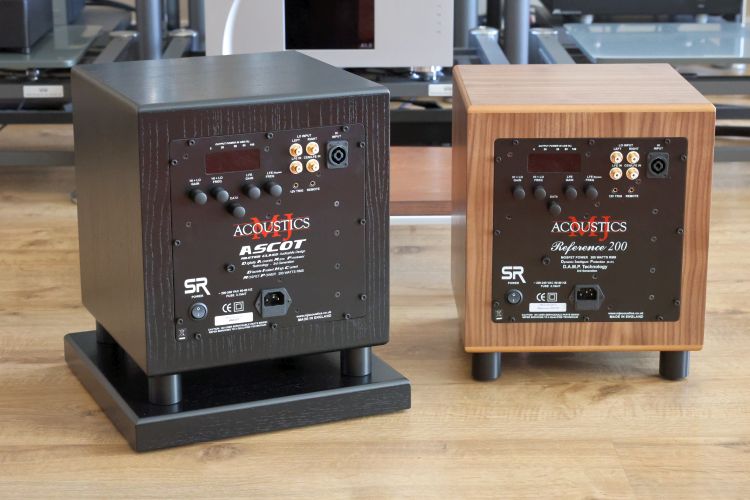
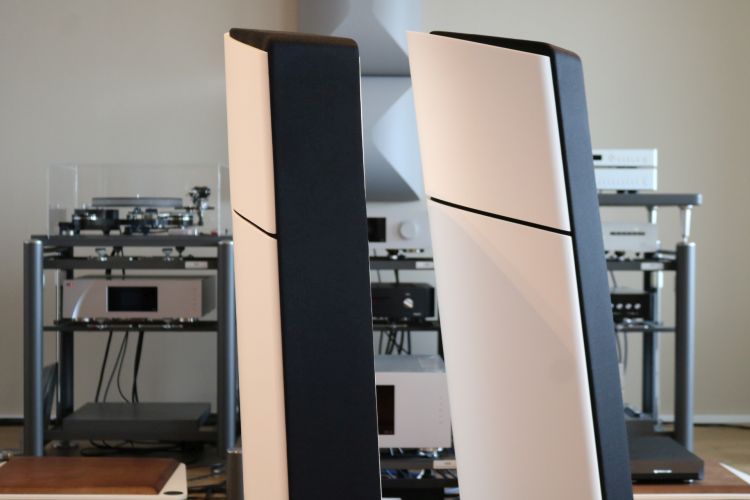
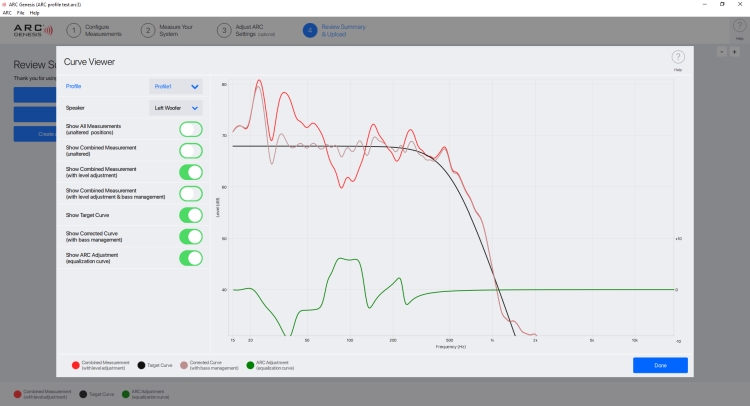
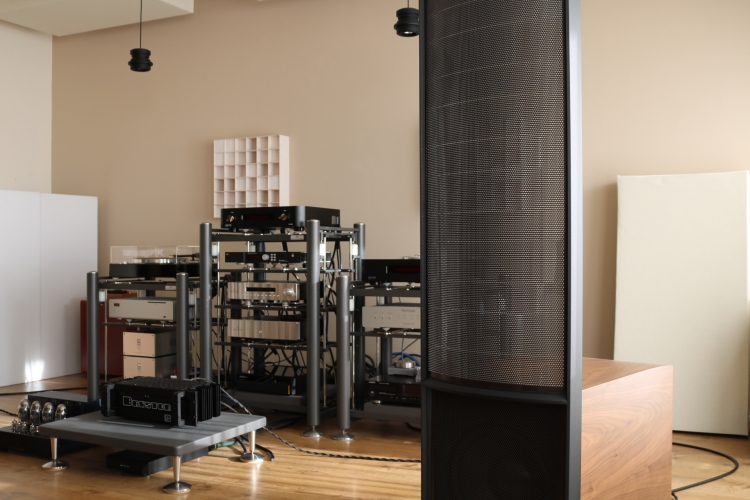
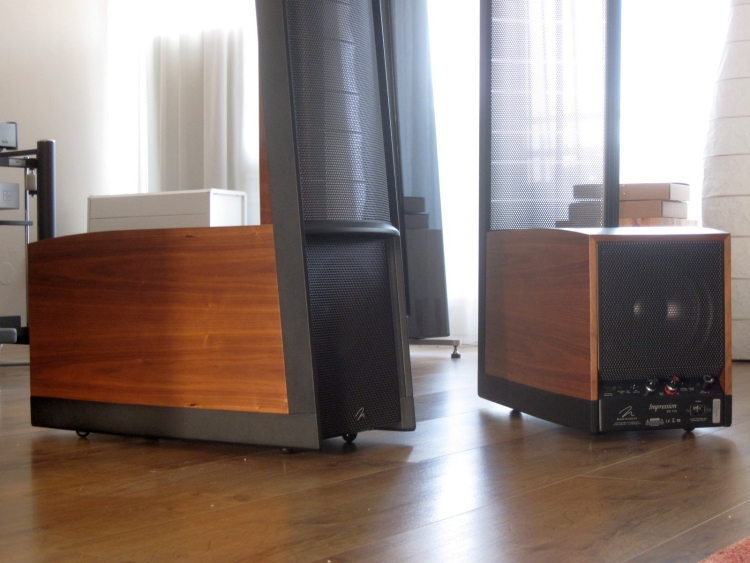
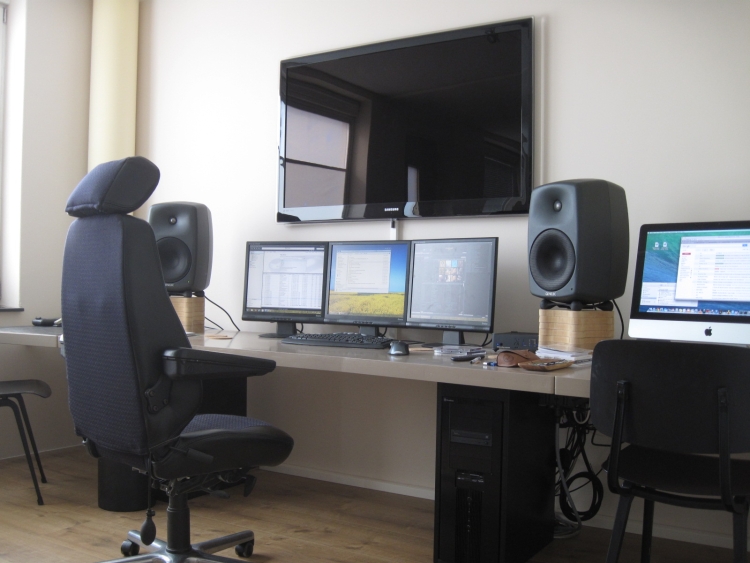
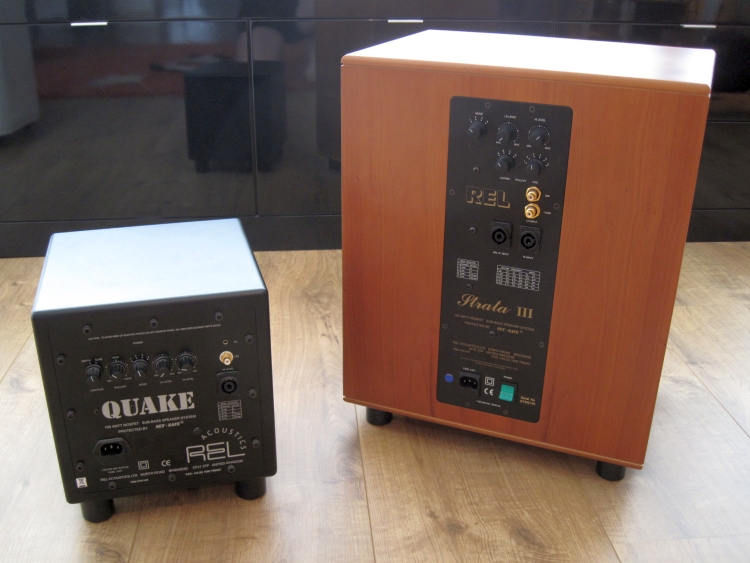
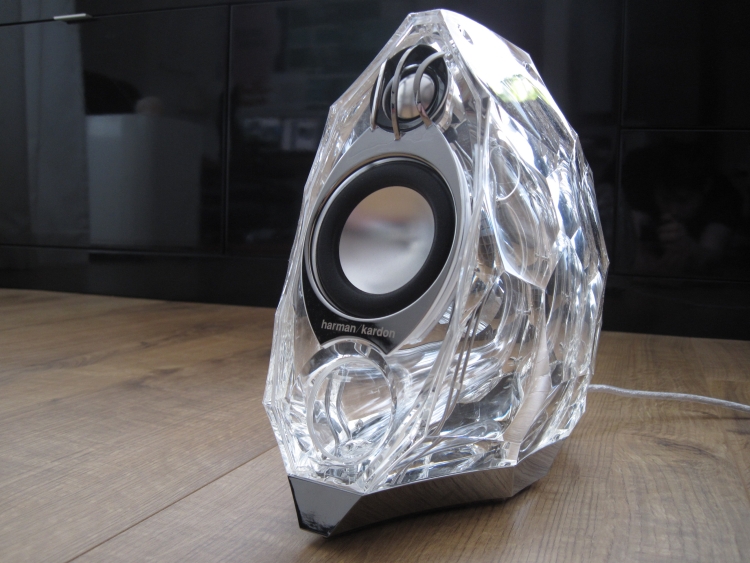
« jPlay is a very comprehensive iPad remote control app for jRiver Media Center »
Hi Christiaan,
Thank you for the review. It’s always a joy to read and come back to hifi-advice.com. Unless you have a mix of JRiver and JPLAY, please note that the app to control JRiver is called JRemote in both Apple and Android versions. JPLAY being an other software for playing music.
Note:
JRiver is even calling JPLAY a hoax on their site! Every audiophile can confirm that is not true. I’ve been a JRiver Media Center user for over ten years and can confirm the software is great for managing files indeed but unfortunately, the company has an attitude towards competitors and even clients. JRemote app was developed by an outsider but stalled at one point probably due to disagreement. I just noticed now there is a JRemote 2 for Android available for again a substantial fee ( instead of offering free upgrades like everyone else does). I did not try this version but just wanted to inform readers if they are tempted to try JRMC and control from any device with JRemote.
Whoops, slip of the keyboard. Thanks Paul, now corrected. Yup, the River Media Center software suite is really great, and the library tools, in particular, are very powerful but I agree that Jim has some weird idées fixes.
The JRemote iPad app could indeed use an update, for instance for the progress bar & App Switcher Bar overlap but so does Roon and even so, JRemote is still more comprehensive than the UPnP competition.